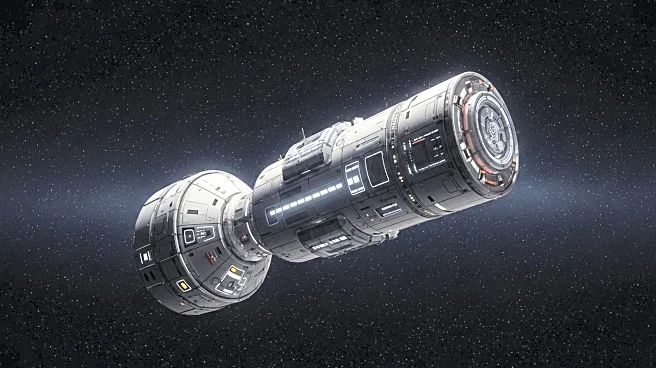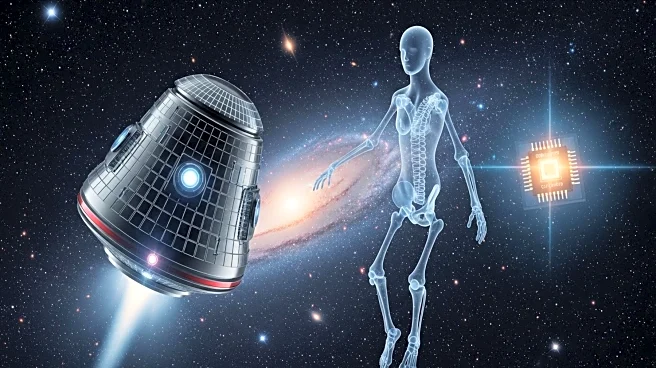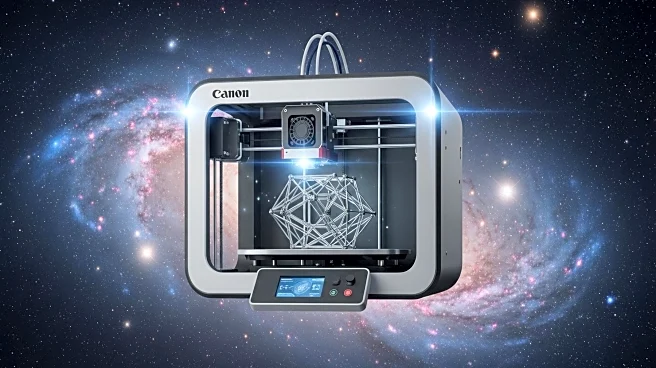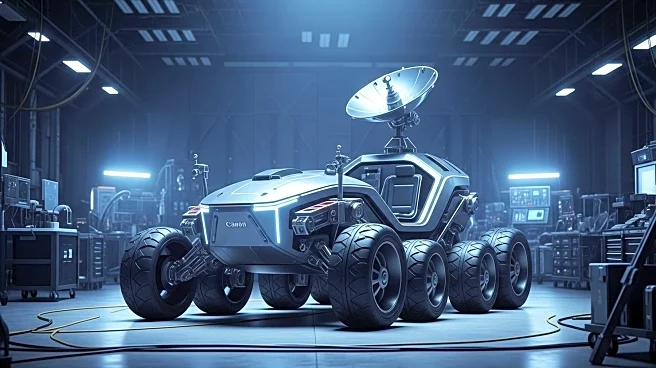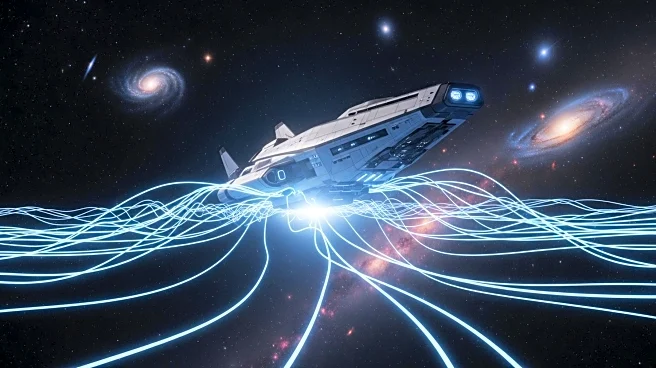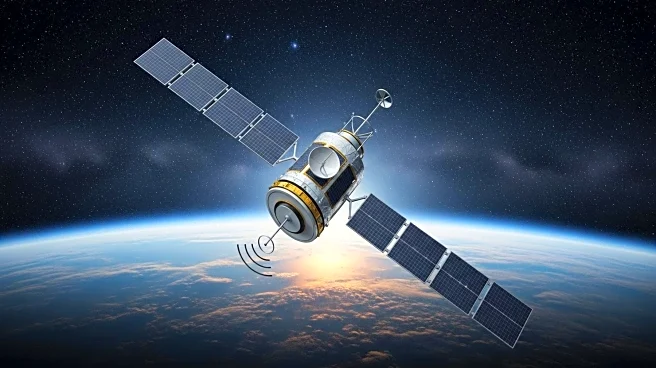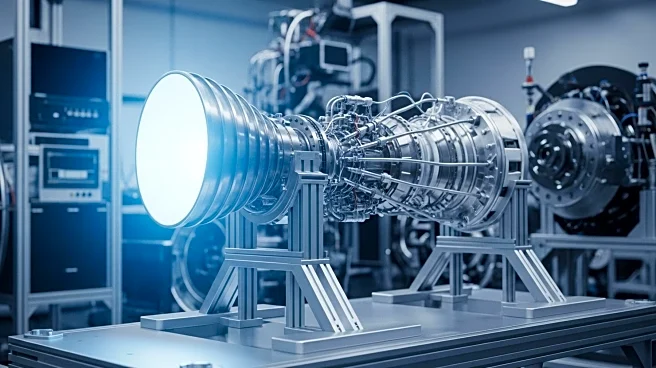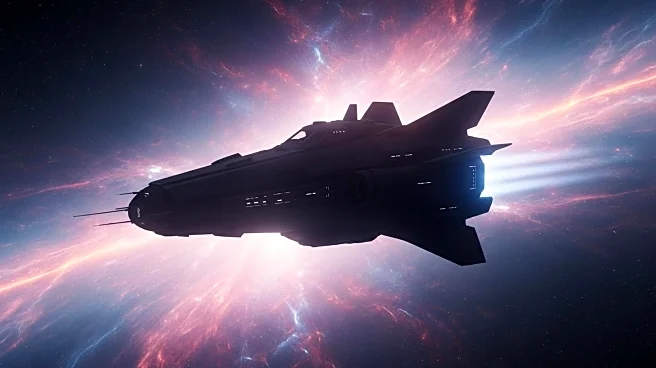What's Happening?
NASA and SpaceX have successfully completed a reboost maneuver for the International Space Station using the Dragon spacecraft. On September 3, SpaceX's Dragon executed an initial burn to test its new capability to maintain the station's altitude. The maneuver involved two Draco engines located in the trunk of Dragon, which adjusted the station's orbit over a five-minute period. This test increased the station's altitude by approximately one mile at perigee, resulting in an orbit of 260.9 x 256.3 miles. The Dragon spacecraft, part of NASA's SpaceX CRS-33 mission, arrived at the station on August 25 and is scheduled to remain until late December or early January before returning to Earth with research and cargo.
Why It's Important?
The successful reboost of the International Space Station is crucial for maintaining its operational altitude, which is essential for ongoing scientific research and international collaboration in space. This development highlights the importance of private-public partnerships in advancing space technology and exploration. The Dragon spacecraft's new capability to sustain the station's orbit through periodic burns represents a significant advancement in space station maintenance, potentially reducing reliance on other spacecraft for altitude adjustments. This could lead to more efficient operations and cost savings for NASA and its partners.
What's Next?
The Dragon spacecraft will continue to perform longer burns throughout the fall of 2025 to sustain the station's altitude. These maneuvers are part of a series of planned operations to ensure the station remains in optimal orbit for scientific experiments and international cooperation. The spacecraft is expected to return to Earth with research and cargo, contributing to ongoing scientific discoveries and technological advancements.
